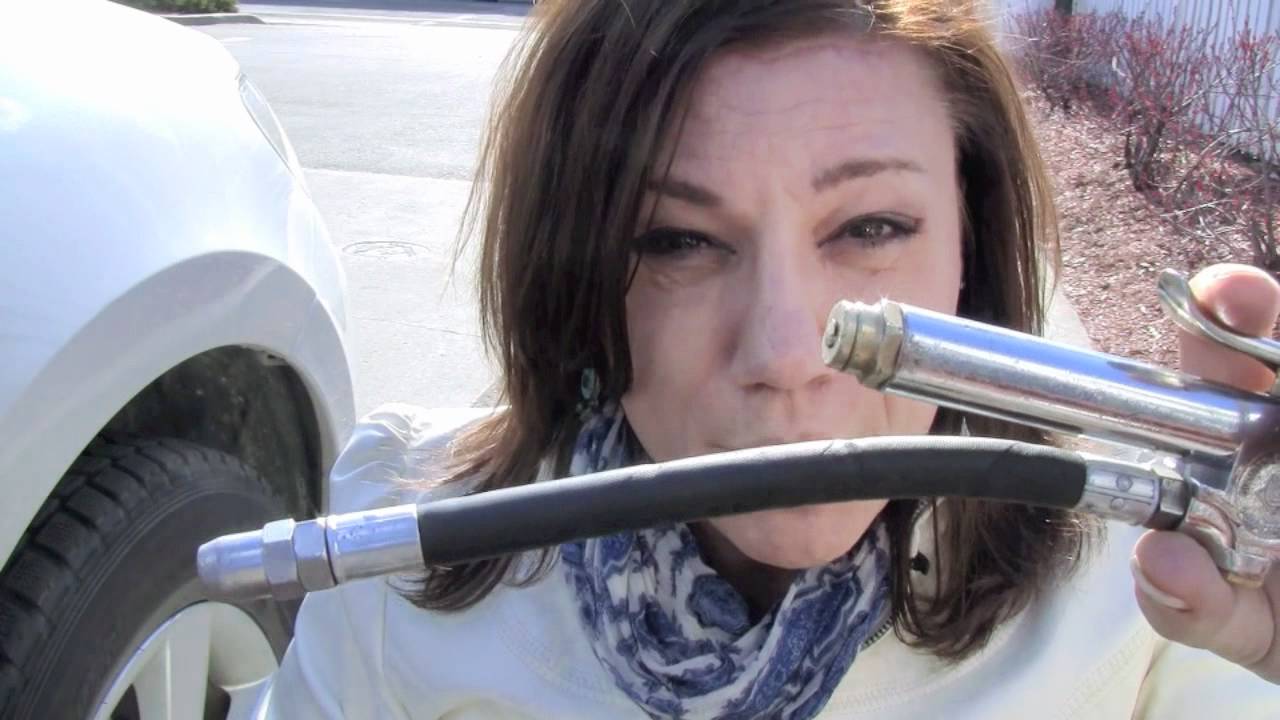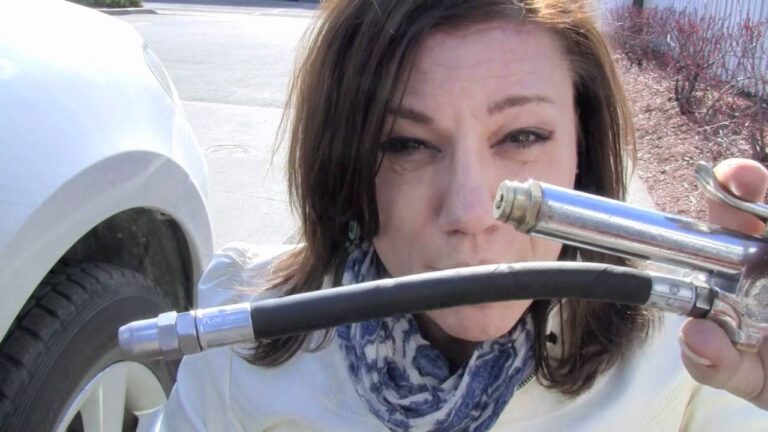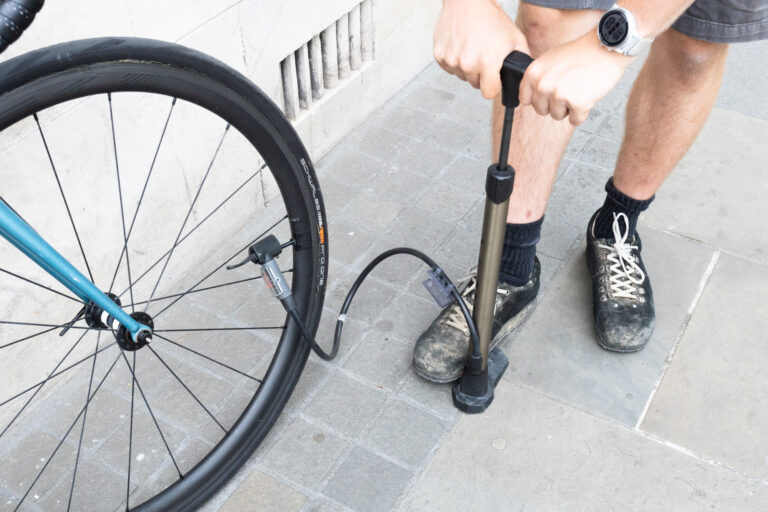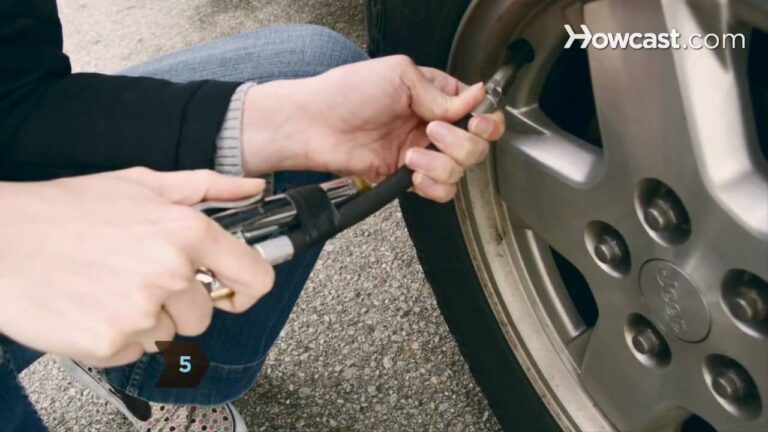How to Pump Tire Pressure: Effortless Inflation Tips
Keeping your tires properly inflated is crucial for safety. It also helps your vehicle run better. Learning how to pump tire pressure is easy. This guide will help you understand everything you need.
Why Is Tire Pressure Important?
Tire pressure affects many things:
- Safety: Properly inflated tires provide better grip.
- Fuel Efficiency: Correct tire pressure can save gas.
- Tire Longevity: Good pressure helps tires last longer.
- Comfort: It gives a smoother ride.
Tools You Will Need
Before you start, gather your tools:
- Tire Pressure Gauge: This checks the pressure.
- Air Pump or Compressor: This fills the tires.
- Valve Stem Cap: Keep it handy for easy access.
- Gloves: Optional, but can keep your hands clean.
How to Check Tire Pressure
Follow these simple steps:
- Find the valve stem on your tire. It’s a small rubber piece.
- Remove the valve cap by twisting it off.
- Press the tire pressure gauge onto the valve stem firmly.
- Read the pressure on the gauge. Note it down.
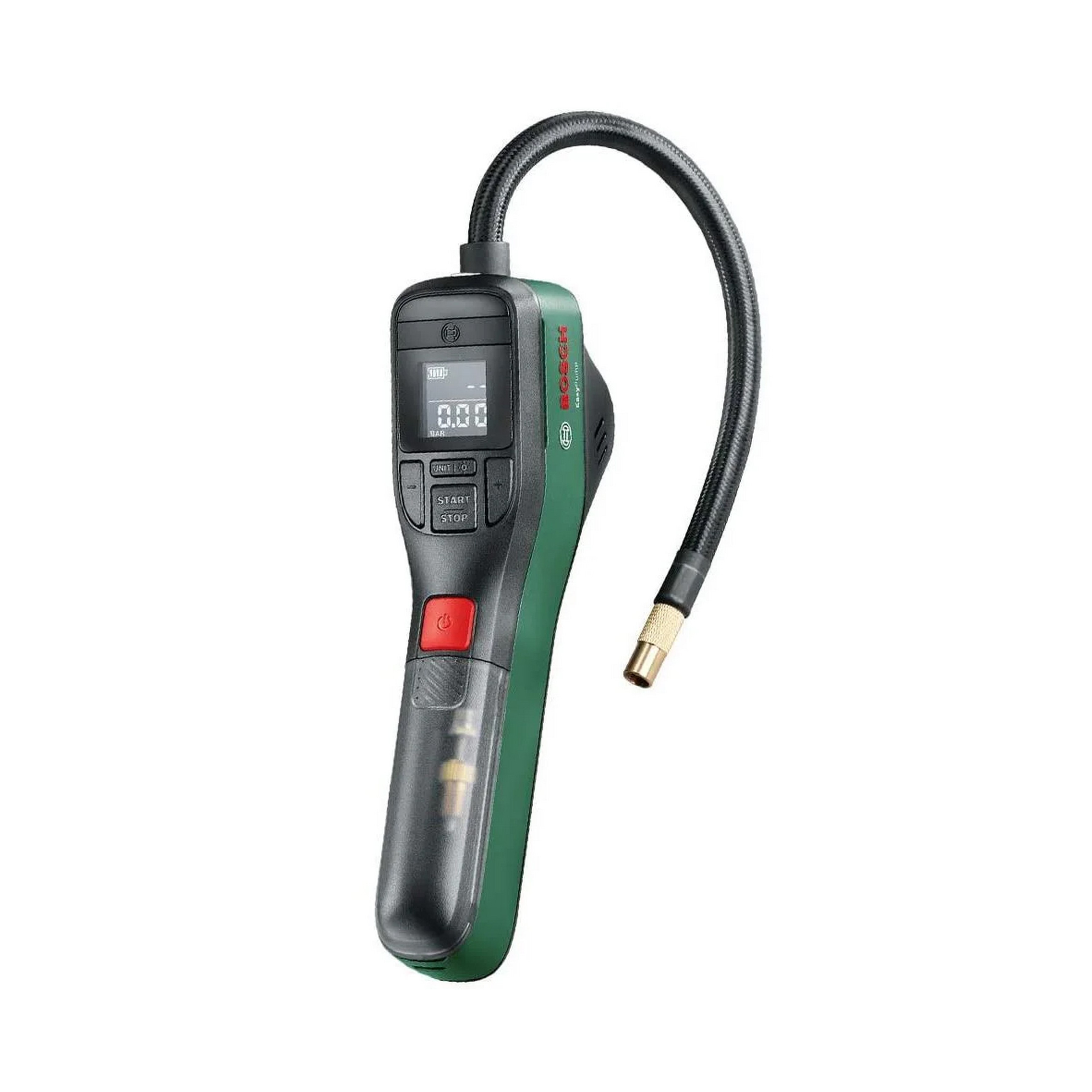
Finding the Right Tire Pressure
Every vehicle has a recommended tire pressure. Here’s how to find it:
- Check the owner’s manual of your vehicle.
- Look for a sticker on the driver’s side door.
- Note the recommended PSI (Pounds per Square Inch).
How to Pump Tire Pressure
Now that you know the pressure, let’s pump the tires:
1. Prepare The Air Pump
Choose your air pump. There are two main types:
- Manual Pump: You need to pump it yourself.
- Electric Pump: It fills the tire automatically.
2. Attach The Air Hose
Follow these steps:
- Remove the valve cap from the tire.
- Take the air hose from the pump.
- Press it onto the valve stem. Make sure it’s tight.
3. Fill The Tire
Now, it’s time to pump:
- If using a manual pump, pump it several times.
- If using an electric pump, turn it on and let it run.
4. Check The Pressure Again
After a few moments, check the pressure:
- Remove the air hose from the valve stem.
- Use the tire pressure gauge again.
- Compare the reading to the recommended PSI.
5. Repeat As Needed
If the pressure is low, repeat the filling steps. If it’s too high, release some air:
- Press the valve stem gently to let air out.
- Check the pressure again to ensure it’s correct.
6. Replace The Valve Cap
After you finish, do not forget:
- Put the valve cap back on tightly.
- Store your pump and tools safely.
Tips for Maintaining Tire Pressure
Keeping your tires healthy is important. Here are some tips:
- Check your tire pressure every month.
- Check before long trips or heavy loads.
- Look for signs of wear on your tires.
- Keep the tires clean and free of debris.
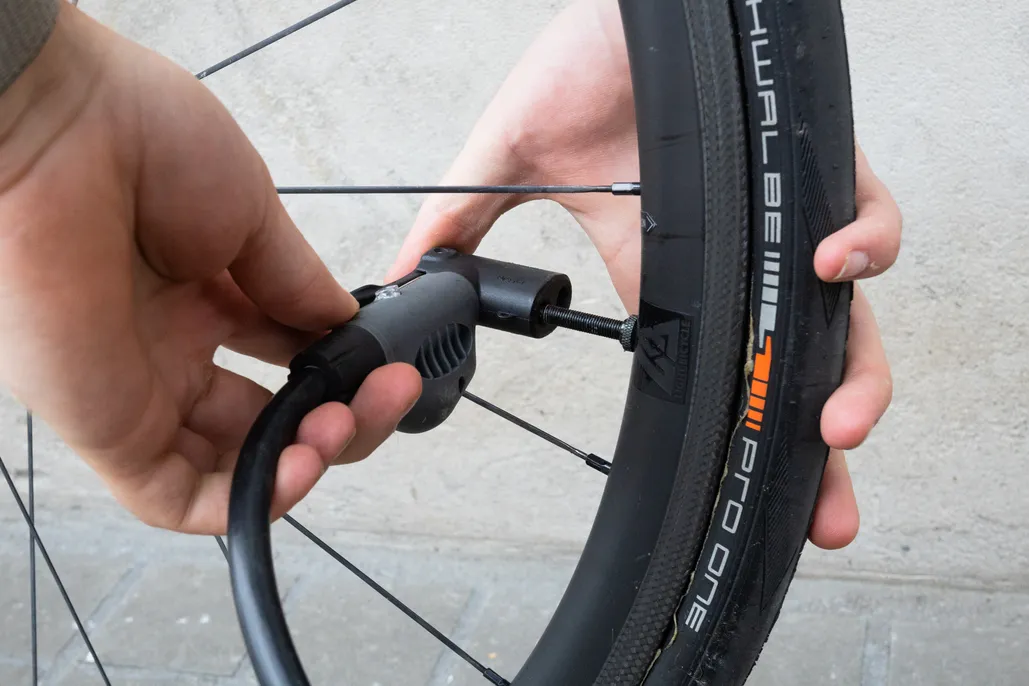
Common Mistakes to Avoid
Here are some mistakes to watch out for:
- Not checking pressure regularly.
- Overinflating the tires.
- Ignoring signs of tire damage.
- Using a faulty pressure gauge.
Frequently Asked Questions
How Often Should I Check Tire Pressure?
Check tire pressure at least once a month. Regular checks ensure safety and optimal fuel efficiency.
What Is The Ideal Tire Pressure?
The ideal tire pressure varies by vehicle, typically between 30-35 PSI. Refer to your owner’s manual for specifics.
How Do I Know If My Tires Are Flat?
Look for visible deflation, unusual noises, or decreased handling. A tire pressure gauge can confirm low pressure.
Can I Pump Tires At A Gas Station?
Yes, most gas stations have air pumps available. Ensure you have change or a credit card for payment.
Conclusion
Pumping tire pressure is easy and important. It helps ensure your safety and vehicle performance. Always check your tires regularly and keep them inflated properly. With the right tools and steps, you can do this task easily.
Stay safe on the road and enjoy your rides!

